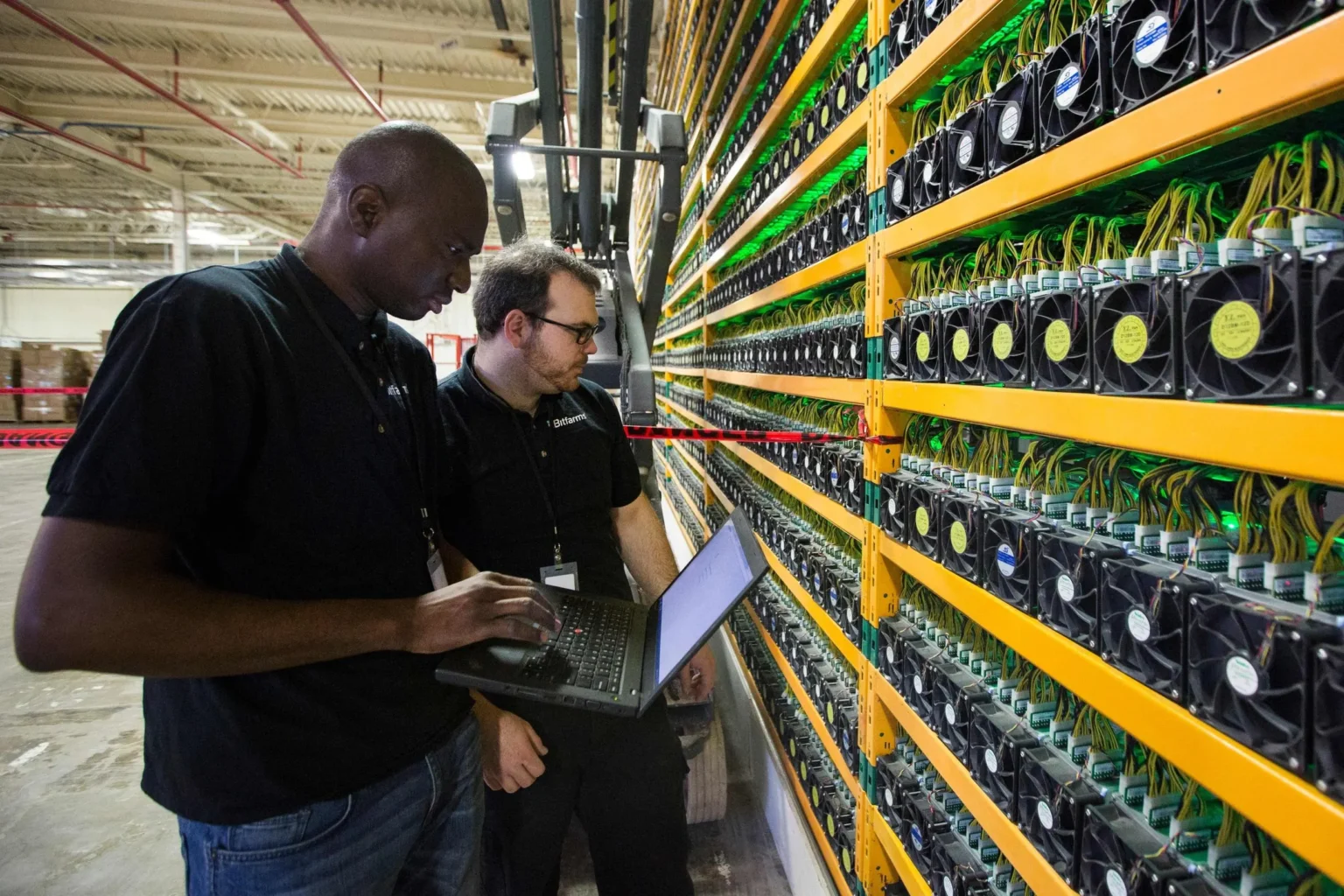Bitcoin mining energy consumption has confirmed its prominence in the U.S. energy scene in 2025, which has sparked interest as well as worry among power grid operators, environmental activists, and legislators. Originally a niche hobby, Bitcoin mining is under more and more investigation because of its enormous and rising need for electricity, which begs issues of public responsibility, sustainability, and grid stability.
Bitcoin Increasing States’ Electricity Consumption
Early 2025 sees Bitcoin mining in the United States consuming more than 2.5% of the country’s total electricity—a startling statistic that keeps rising as new mining projects open. Attracted by generally low energy prices and favorable policies, states like Texas, Georgia, and Kentucky have been hotspots for miners. Particularly Texas has grown to be the epicenter of this activity as large-scale mining operations exploit renewable sources like solar and wind in addition to the conventional fossil-fuel-based system. But this quick development has started to strain the state’s already fragile electricity system, particularly during severe storms when demand for energy soars.
Programmes for Demand Response and Grid Stability
The way Bitcoin miners engage with the electricity grid is one of the most divisive topics. Certain operators have signed up for demand response programs, in which case they agree to stop running their businesses during periods of maximum power use in return for payment. Although this supposedly helps the grid to be stable, detractors contend that it also helps miners to profit from generating the very volatility that first calls for emergency responses. Close ties between miners have drawn criticism for the Electric Reliability Council of Texas (ERCOT), as issues over grid integrity and fair access to power for both domestic and commercial users grow.

Environmental Effect and Emissions Discussion
Though some mining companies assert they are switching to greener energy sources, fossil fuels still make up a sizable amount of the electricity running Bitcoin mining. Over 60% of U.S.-based mining operations are still dependent on coal and natural gas, according a new estimate by the University of Cambridge’s Centre for Alternative Finance for 2025. Particularly in locations where mining competes with the general population for few clean energy resources, this reliance compromises climate targets and raises carbon emissions.
Demand Transparency and Regulation
Legislators and advocacy organizations responding to mounting worries have been advocating more strict control. Early in 2025, the U.S. Department of Energy started a new project mandating significant crypto mining activities to provide comprehensive information on their energy use, emissions, and power sources. The aim is to raise openness and guide next choices on energy policies. The Securities and Exchange Commission (SEC) has meantime begun investigating whether public crypto mining companies sufficiently disclose the environmental hazards connected to their activities.
Technological Changes and Industry Defense
Reversing criticism, the Bitcoin mining sector has cited advancements such modular data centers, immersion cooling, and enhanced energy efficiency of mining hardware including ASICs (application-specific integrated circuits). To reduce their carbon footprint, some businesses are also looking at co-location with renewable energy projects and utilizing otherwise discarded or stranded energy, like extra flared gas. Although these advances show promise, their acceptance is still unequal within the industry.
Final Thoughts
It is impossible to overlook the disproportionate effect of Bitcoin mining on the American grid nowadays. The conflict between economic opportunity, technology development, and environmental responsibility is become more pronounced as the sector keeps expanding. Whether via changes in public opinion, technical innovation, or laws, the direction of Bitcoin mining will surely be very important in determining America’s energy policy. Policymakers, utilities, and the Cryptocurrencies Future community have to strike common ground to make sure the digital gold rush doesn’t compromise a steady and sustainable energy future.







